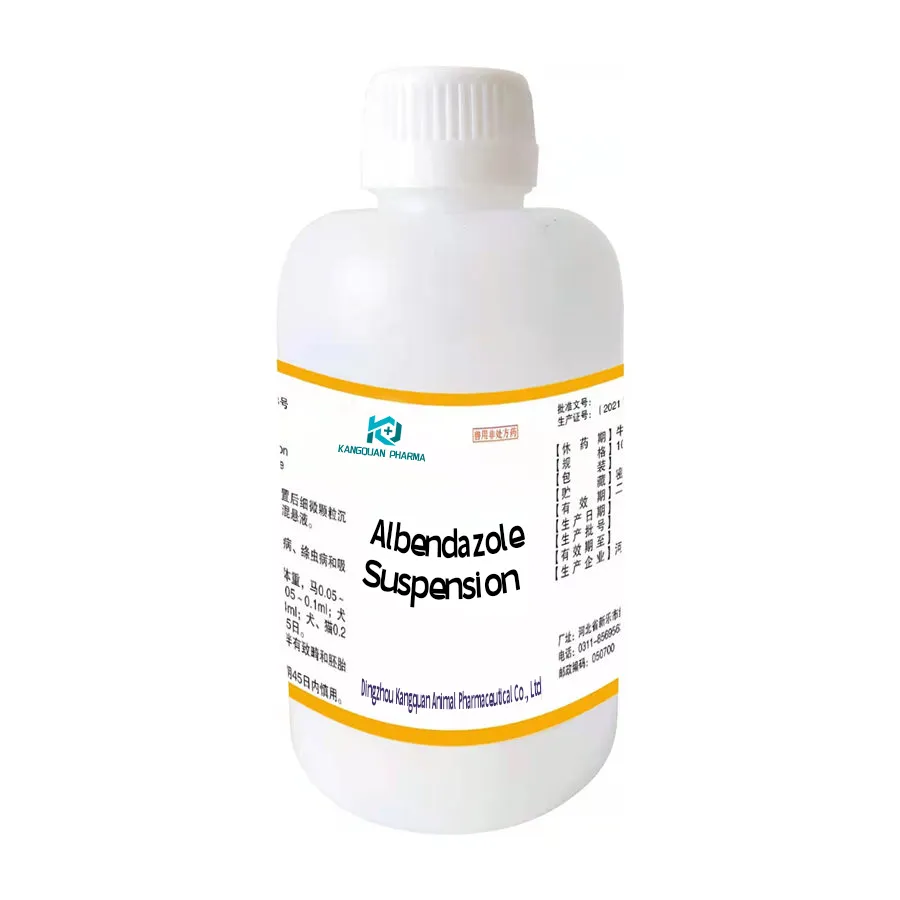- Afrikaans
- Albanian
- Amharic
- Arabic
- Armenian
- Azerbaijani
- Basque
- Belarusian
- Bengali
- Bosnian
- Bulgarian
- Catalan
- Cebuano
- Corsican
- Croatian
- Czech
- Danish
- Dutch
- English
- Esperanto
- Estonian
- Finnish
- French
- Frisian
- Galician
- Georgian
- German
- Greek
- Gujarati
- Haitian Creole
- hausa
- hawaiian
- Hebrew
- Hindi
- Miao
- Hungarian
- Icelandic
- igbo
- Indonesian
- irish
- Italian
- Japanese
- Javanese
- Kannada
- kazakh
- Khmer
- Rwandese
- Korean
- Kurdish
- Kyrgyz
- Lao
- Latin
- Latvian
- Lithuanian
- Luxembourgish
- Macedonian
- Malgashi
- Malay
- Malayalam
- Maltese
- Maori
- Marathi
- Mongolian
- Myanmar
- Nepali
- Norwegian
- Norwegian
- Occitan
- Pashto
- Persian
- Polish
- Portuguese
- Punjabi
- Romanian
- Russian
- Samoan
- Scottish Gaelic
- Serbian
- Sesotho
- Shona
- Sindhi
- Sinhala
- Slovak
- Slovenian
- Somali
- Spanish
- Sundanese
- Swahili
- Swedish
- Tagalog
- Tajik
- Tamil
- Tatar
- Telugu
- Thai
- Turkish
- Turkmen
- Ukrainian
- Urdu
- Uighur
- Uzbek
- Vietnamese
- Welsh
- Bantu
- Yiddish
- Yoruba
- Zulu
नवम्बर . 10, 2024 08:47 Back to list
Amoxicillin 1g Injectable Solution for Effective Bacterial Infection Treatment
Amoxicillin 1g Injectable Overview, Uses, and Considerations
Amoxicillin is a widely used antibiotic that belongs to the penicillin group of drugs. It is often utilized in the treatment of various bacterial infections due to its broad-spectrum activity against a range of microorganisms. The injectable form of amoxicillin, particularly the 1g dosage, is commonly employed in clinical settings to deliver rapid treatment for serious infections.
Mechanism of Action
Amoxicillin works by inhibiting the synthesis of bacterial cell walls, effectively preventing the growth and reproduction of bacteria. It achieves this by binding to specific proteins, known as penicillin-binding proteins (PBPs), which are crucial for the construction of the bacterial cell wall. As a result, bacteria become unable to maintain their structural integrity, leading to cell lysis and death. This action makes amoxicillin effective against a variety of Gram-positive and some Gram-negative bacteria.
Indications
The injectable form of amoxicillin is indicated for the treatment of several types of infections, including
1. Respiratory Tract Infections This includes pneumonia, bronchitis, and sinus infections. The injectable form is particularly useful in cases where oral administration is not feasible or when a more aggressive treatment is required.
2. Urinary Tract Infections (UTIs) Amoxicillin is effective against certain bacteria that cause UTIs and is often employed in hospital settings for patients with severe infections.
3. Skin Infections Bacterial skin infections, including cellulitis and soft tissue infections, can be treated effectively with injectable amoxicillin.
4. Intra-abdominal Infections In cases involving polymicrobial infections, amoxicillin can be part of a broader antibiotic regimen.
Dosage and Administration
amoxicilline 1g injectable

The typical dosage of amoxicillin injectable form for adults is usually 1g every 6 to 8 hours, depending on the severity of the infection and the patient's medical condition. For pediatric patients, the dosing is adjusted according to body weight and the specific infection being treated. Healthcare professionals may also consider renal function when prescribing this medication, as dose adjustments may be necessary for those with impaired kidney function.
Side Effects
While amoxicillin is generally well tolerated, like any medication, it can cause side effects. Common adverse reactions may include
- Gastrointestinal Issues Nausea, vomiting, diarrhea, and abdominal pain are frequently reported side effects.
- Allergic Reactions Patients may develop allergic reactions ranging from mild rashes to severe anaphylactic responses. A thorough medical history should be taken to identify any previous allergic reactions to penicillin or related antibiotics.
- Hematologic Reactions Rarely, amoxicillin can affect blood cell counts, leading to issues such as thrombocytopenia (low platelet count) or eosinophilia (increased eosinophils).
- Other Effects Liver enzyme elevations and interstitial nephritis are also rare side effects that have been reported during treatment.
Considerations and Contraindications
Before administering injectable amoxicillin, healthcare providers should ensure that patients do not have a history of hypersensitivity to penicillin or cephalosporin antibiotics. Additionally, it is vital to assess for potential drug interactions with other medications the patient might be taking.
Patients with kidney impairment should use amoxicillin with caution, and renal function must be monitored periodically. It is also important to ensure that the prescribed antibiotic aligns with the identified pathogen's susceptibility, as inappropriate use of antibiotics can lead to increased resistance.
Conclusion
Amoxicillin 1g injectable is a vital tool in combating a wide range of bacterial infections. Its effectiveness, combined with a relatively favorable safety profile, makes it a preferred choice in many clinical situations. Healthcare providers must remain vigilant about the possibility of allergic reactions and other side effects, and they should ensure that the use of this antibiotic is appropriate for the patient’s condition. As antibiotic resistance continues to rise, responsible prescribing practices are essential to maintain the efficacy of amoxicillin and other critical antibiotics.
-
Guide to Oxytetracycline Injection
NewsMar.27,2025
-
Guide to Colistin Sulphate
NewsMar.27,2025
-
Gentamicin Sulfate: Uses, Price, And Key Information
NewsMar.27,2025
-
Enrofloxacin Injection: Uses, Price, And Supplier Information
NewsMar.27,2025
-
Dexamethasone Sodium Phosphate Injection: Uses, Price, And Key Information
NewsMar.27,2025
-
Albendazole Tablet: Uses, Dosage, Cost, And Key Information
NewsMar.27,2025













